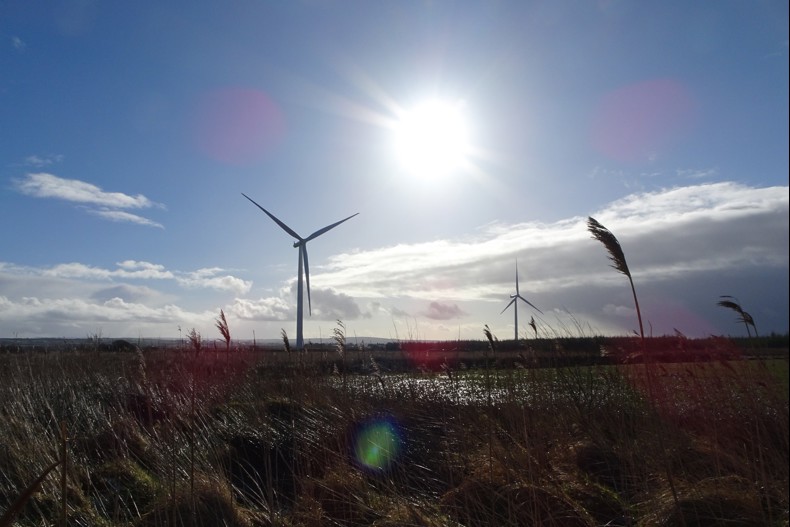
SSE Airtricity Head of Energy Markets Dan Quinn examines the impact of the delay to the ‘go-live’ of the new I-SEM market, and asks what’s it all about for market participants.
Keen watchers of the countdown to the May 23 ‘go-live’ of the new Integrated Single Electricity Market (I-SEM) will already know that the introduction of new Energy Trading Arrangements in the all-island market were flagged last month by the SEM Committee as being “at risk”.
Speculative rumour followed as to the length of the delay, or whether there would need to be a delay at all.
Well, today, the rumours have been replaced by facts as the countdown for I-SEM has been reset by the regulatory authorities to a new ‘go-live’ date of 1 October 2018 – a delay of over four months.
While both regulators and the industry had been working flat out to realise the May 23 ‘go-live’, it became clear that the central systems and associated testing just weren’t going to be complete. This isn’t to say that the momentum so far hasn’t delivered some big wins – particularly the first capacity auction, which has maintained security of supply at a lower cost to the consumer, with capacity prices in both Ireland and Northern Ireland now down by a sizeable amount.
So, what (if anything) does this new October 1 ‘go-live’ announcement mean for market participants?
Well, the first thing to say is, if current momentum is maintained, this revised date will provide the time needed to make sure all the systems and business processes are working properly – from the TSO dispatching power plants to the Market Operators generating prices and to suppliers buying what they need from the market. This is a good thing – a smooth transition, where everyone can understand what is happening and why it is happening, will mean the I-SEM ‘go-live’ successfully delivers the benefits of more efficient energy trading as originally envisaged.
The flip side of all this is that momentum can be a difficult thing to maintain and implementation could slow down. While the human response is to breathe a sigh of relief, the logical response to a delayed go-live date must be for participants to press on, full steam ahead, using the additional time now allowed to stretch out the compressed readiness activities into a more sensible shape. For our own part, SSE Airtricity’s transition project is well underway and we will maintain momentum towards the revised implementation date, avoiding the pitfall of spending time re-planning activities rather than doing them. The I-SEM market has great potential to benefit our customers and our primary focus, as always, will be to deliver those benefits.
Finally, the new October 1 ‘go-live’ date means the first months of Balancing Market operation won’t be in the benign summer period envisaged originally, meaning that there’ll be a lot of factors at play on implementation. The generator outage season should be mainly finished, although some may have planned their own outages on the basis of an earlier go-live date. Wind load factors generally tend to tick up in Q3 too, meaning more variability and forecasting need. These are the types of issues that market participants will need to become accustomed to in the new market, in particular when it comes to the balancing market. At SSE Airtricity, we have been carrying out detailed analysis and honing forecasting skills in preparation.
So, should we be worried? No. The SEM Committee has made a prudent decision today to allow enough time for all participants to be ready for the new market. For those of us who are ready it is simply a new target date to implement better systems and business processes, and the same fundamentals.
Bring on October 1!



